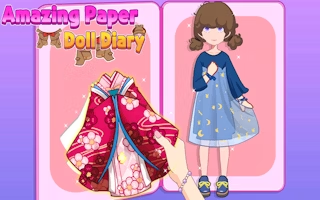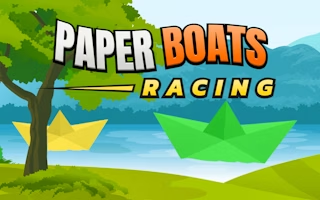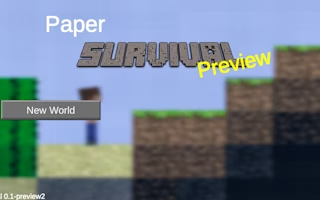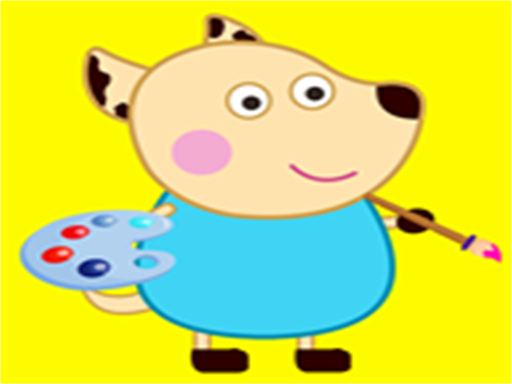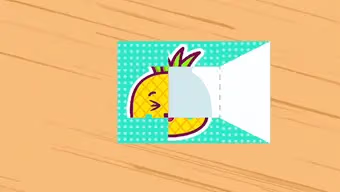Rock, Paper, Scissors
Rock, Paper, Scissors: The Ultimate Guide to the Timeless Game
History and Cultural Significance
The origins of Rock, Paper, Scissors trace back centuries. While its exact birthplace is debated, many believe it evolved from ancient Chinese games, spreading through Asia and eventually reaching the Western world. In Japan, a similar game called "Jan-ken" has been played since the 17th century. Over time, Rock, Paper, Scissors has become more than just a game—it's a cultural phenomenon. It's used in sports to determine starting positions, in popular media as a plot device, and even in scientific studies on decision-making.
How to Play Rock, Paper, Scissors
Playing Rock, Paper, Scissors is incredibly simple. Here's a step-by-step guide: Position: Stand facing your opponent or sit across from them. Hand Position: Make a fist to represent "rock," extend your hand flat for "paper," or form a V with your index and middle fingers for "scissors." Count: Say "Rock, Paper, Scissors, Shoot!" while rhythmically bouncing your closed fist in your palm. On "Shoot," both players reveal their chosen shape. Determine the Winner: Compare your shapes. Rock beats scissors, scissors beat paper, and paper beats rock. If both players show the same shape, it's a tie, and you play again.
Strategies to Win
While Rock, Paper, Scissors involves an element of chance, there are strategies to improve your odds: Psychological Tactics: Observe your opponent's patterns. Many beginners subconsciously repeat winning moves. The "Double" Move: After a tie, players often switch their shape. Predict this change. Statistical Edge: Studies suggest men often start with rock, while women favor scissors. Use this knowledge to your advantage. Mind Games: Pretend to hesitate or show a false intention to throw off your opponent.
Conclusion
Rock, Paper, Scissors is more than a simple game—it's a cultural icon that combines chance, strategy, and social interaction. Whether you're settling a minor dispute, having fun with friends, or participating in a competitive tournament, this timeless game continues to captivate people worldwide. So, the next time you're faced with a decision or just looking for some quick entertainment, remember: rock, paper, scissors, shoot!
FAQs About Rock, Paper, Scissors
Q: Is there a professional Rock, Paper, Scissors league?
A: Yes! The World Rock Paper Scissors Society organizes tournaments with cash prizes.
Q: Can you improve your odds of winning?
A: Yes, by studying patterns, using psychological tactics, and staying unpredictable.
Q: What's the longest recorded Rock, Paper, Scissors game?
A: The record is 136 consecutive ties, though most games resolve much faster!
Q: Why is Rock, Paper, Scissors so popular?
A: Its simplicity, quick playtime, and balance of luck and strategy make it universally appealing.
Q: Are there regional variations of the game?
A: Absolutely! Different cultures have their own unique twists, like Japan's "Jan-ken" or Korea's "Gawi-bawi-bo."
Q: Can Rock, Paper, Scissors help kids develop skills?
A: Yes, it aids in decision-making, social skills, and understanding rules.
Q: Is there a world championship for Rock, Paper, Scissors?
A: Yes, the World RPS Championship attracts competitors from around the globe.
A: Usually just a few seconds, making it perfect for quick decisions or entertainment.
Q: Are there any health benefits to playing Rock, Paper, Scissors?
A: It can reduce stress through playful interaction and improve hand-eye coordination.
